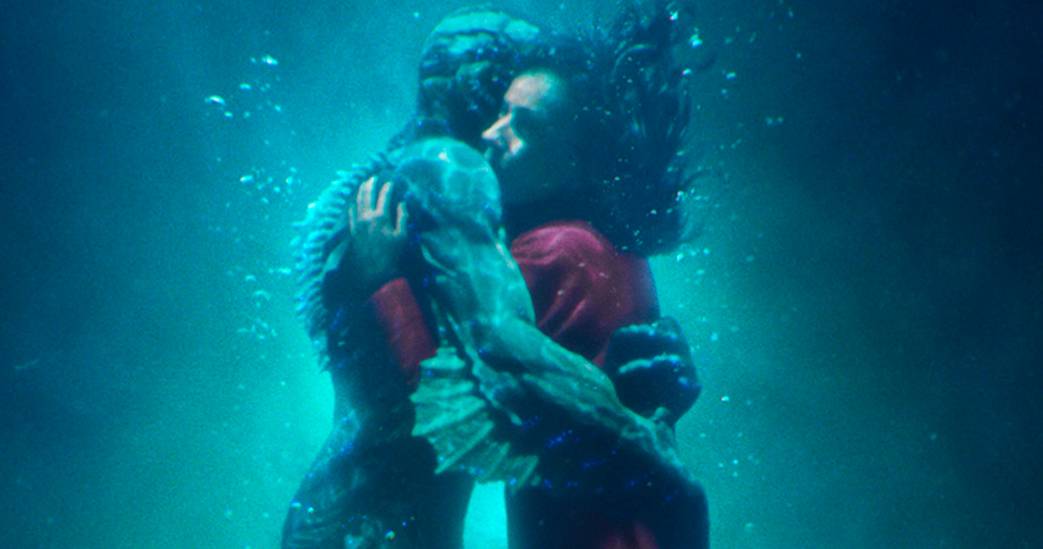#‘Society of the Snow’ Review: J.A. Bayona Blends Visceral Action With Existential Despair in Overlong but Affecting Survival Thriller

Table of Contents
The 1972 disaster in which Uruguayan Air Force Flight 571 went down in a remote part of the Andes while carrying a rugby team, their friends and family members to a match in Chile has been the subject of numerous books, documentaries and two dramatic features — the 1976 Mexploitation quickie, Survive!, which fell short of its exclamation point; and Frank Marshall’s 1993 Hollywood version, Alive, a middling entry in Ethan Hawke’s early screen career.
While it’s a fictionalized, gender-switched reinvention only loosely inspired by Flight 571, Showtime’s Yellowjackets has paradoxically made a bigger cultural splash than either of those films, with its genre mashup of horror, mystery and mordant humor.
Society of the Snow
The Bottom Line
Uneven but ultimately effective.
Spanish director J.A. Bayona, who established his disaster/survival movie bona fides with the tsunami thriller The Impossible, now weighs in with the Netflix feature, Society of the Snow (La Sociedad de la Nieve), reclaiming the real-life tragedy and story of human resilience — and, yes, cannibalism — with authenticity and chilling realism, with emotion but without sensationalism.
A faithful account based on Uruguayan journalist Pablo Vierci’s 2009 book, the movie was made after extensive consultation with both survivors and the families of those who perished in the snow. The Spanish-language retelling is equal parts muscular and spiritual, with a cast of relatively unknown Latin American actors put through the rigors of an arduous shoot in challenging conditions, while undergoing a supervised weight-loss program that gives verisimilitude to the depiction of a group stranded in frigid temperatures and near starvation.
While limited shooting was undertaken by a specialized crew in the actual Andes Mountains location of the tragedy, the more navigable Sierra Nevada range in Spain stood in for the majority of filming.
Vierci’s book is told from the perspectives of the 16 survivors of Flight 571. But the script by Bayona, Bernat Vilaplana, Jaime Marques-Olearraga and Nicolás Casariego adds metaphysical dimension by incorporating the voices of both the living and the dead. That includes the bold decision to make one of the latter, 24-year-old law student Numa Turcatti (Enzo Vogrincic), the story’s principal narrator and moral conscience.
Initially, Numa has opted out of the trip to Chile, preferring to focus on his studies. But the engaging opening in Montevideo — handsomely shot in desaturated colors that evoke the period — shows the infectious high spirits of the Old Christians rugby team, some of whom would be traveling outside Uruguay for the first time.
Bayona is in his element with the big set-pieces. The crash itself is a white-knuckle sequence in which every shudder of the aircraft is felt. That starts with the first jolts of turbulence, which have the mostly young male passengers goofing around playing tough guys, then spirals alarmingly as the plane’s instability worsens and the guys’ jokes turn to prayers.
Deafening noise gives way to a terrifying moment of silence right before impact, as the aircraft strikes a mountain in the Andes in far western Argentina. One wing is severed, the fuselage is ripped in two, the cockpit crushed and the front half of the plane slides down a glacier that became known as the Valley of Tears. The sight of bodies being tossed from the plane and the sound of limbs snapping and metal crunching is about as visceral as disaster scenes get.
Twelve of the people on board are killed instantly, including all three crew members, with several others succumbing to injuries in the days that follow. The blind spot of the crash site makes it invisible to rescue planes, and the survivors learn via a news report on a transistor radio that the search is called off after eight days. They remain stuck there for 72 days, until milder spring weather allows two of them, Nando Parrado (Agustín Pardella) and Roberto Canessa (Matías Recalt), to hike for 10 days to Chile.
There are nail-biting moments in that interim, including a five-day storm culminating in an avalanche that pounds the wreckage while the survivors huddle inside for warmth, burying what’s left of the fuselage and literally turning it into an icebox. Digging their way out through the wrecked cockpit requires days of exertion, further depleting their strength.
But the majority of the protracted midsection involves waiting, shivering and suffering as casualties mount — each of them marked by names and ages appearing as onscreen text — and meager food supplies are exhausted.
Having pulled through serious injuries and moments of delirium before taking another blow when his sister dies, Nando is the first to state that he refuses to starve when there are bodies packed in ice that could serve as a food source. Others soon follow. There’s heated debate among the survivors as to whether this would be a crime, or worse, a sin, since most of them are to some degree religious. But given how well the survival story is known, there’s minimal suspense in the buildup to the inevitable moment when the first pieces of flesh are cut from corpses and consumed.
It’s admirable that Bayona and his co-writers have respectfully declined to exploit the grislier aspects of cannibalism. There’s no gore or blood or graphic images of any kind associated with those scenes. Instead the drama remains mostly psychological, as hunger takes its toll and the holdouts one by one admit defeat, with the ailing Numo among the last of them. When one dying passenger gives the remaining survivors permission to eat his body in order to stay alive, it establishes the connection between the living and the dead that bound the group into a secret society, as suggested by the title.
But ethical conflict and discussions of faith and sacrifice can only sustain a movie so far, particularly when the large ensemble doesn’t allow much scope for character individuation. As compelling as the life-and-death situation is, it becomes a bit of a drag in a movie pushing two-and-a-half hours that could definitely benefit from a tighter edit. Even Pedro Luque’s vigorous camerawork and Michael Giacchino’s hard-working, typically forceful orchestral score can only do so much to keep the momentum humming.
As stripping human bones of meat becomes essential to the dwindling group’s survival, Numa observes in voiceover that “What was once unthinkable has become routine.” In a sense that’s what happens to the movie, even if there are interesting scenes of resourcefulness, like fashioning a sleeping bag for the trekkers out of insulation material torn from the wreck.
Bayona successfully pulls the movie back from dramatic stasis once Nando and Roberto encounter a horseman, accelerating the action as the remaining survivors are rescued and reunited with their families back home.
More than the weeks of suspension between life and death, and the horrific experience of being forced to eat teammates, friends and family to stay alive, the traumatized return to safety and the psychological unease of being hailed in the media as “Heroes of the Andes” resonate powerfully. It’s not so much the tearful embraces of girlfriends, families and friends that provide the concluding surge of tearjerking pathos as the mournful sight of the emaciated survivors. With their skin scorched by the high-altitude sun and covered with months of grime, their haunted eyes seem a direct rebuke to those calling their deliverance a miracle.
Full credits
Venue: Venice Film Festival (Out of Competition)
Distribution: Netflix
Production companies: Netflix, Misión de Audaces Films, El Arriero Films
Cast: Enzo Vogrincic, Agustín Pardella, Matías Recalt, Esteban Bigliardi, Diego Vegezzi, Fernando Contigiani García, Esteban Kukuriczka, Rafael Federman, Francisco Romero, Valentino Alonso, Tomás Wolf, Agustín Della Corte, Felipe Otaño, Andy Pruss, Blas Polidori, Felipe Ramusio, Simón Hempe, Luciano Chattón, Rocco Posca, Paula Baldini, Emanuel Parga, Juan Caruso, Benjamin Segura, Santiago Vaca Narvaja, Fede Aznarez, Agustín Berruti, Alfonsina Carrocio, Jaime James Loutá
Director: J.A. Bayona
Screenwriters: J.A. Bayona, Bernat Vilaplana, Jaime Marques-Olearraga, Nicolás Casariego, based on the book by Pablo Vierci
Producers: Belén Atienza, Sandra Hermida, J.A. Bayona
Director of photography: Pedro Luque
Production designer: Alain Bainée
Costume designer: Julio Suarez
Music: Michael Giacchino
Editors: Jaume Marti, Andrés Gil
Sound designer: Oriol Tarragó
Visual effects supervisors: Laura Pedro, Félix Bergés
Casting: Maria Laura Berch, Javier Braier, Iair Said
2 hours 24 minutes
If you liked the article, do not forget to share it with your friends. Follow us on Google News too, click on the star and choose us from your favorites.
For forums sites go to Forum.BuradaBiliyorum.Com
If you want to read more Like this articles, you can visit our Social Media category.




